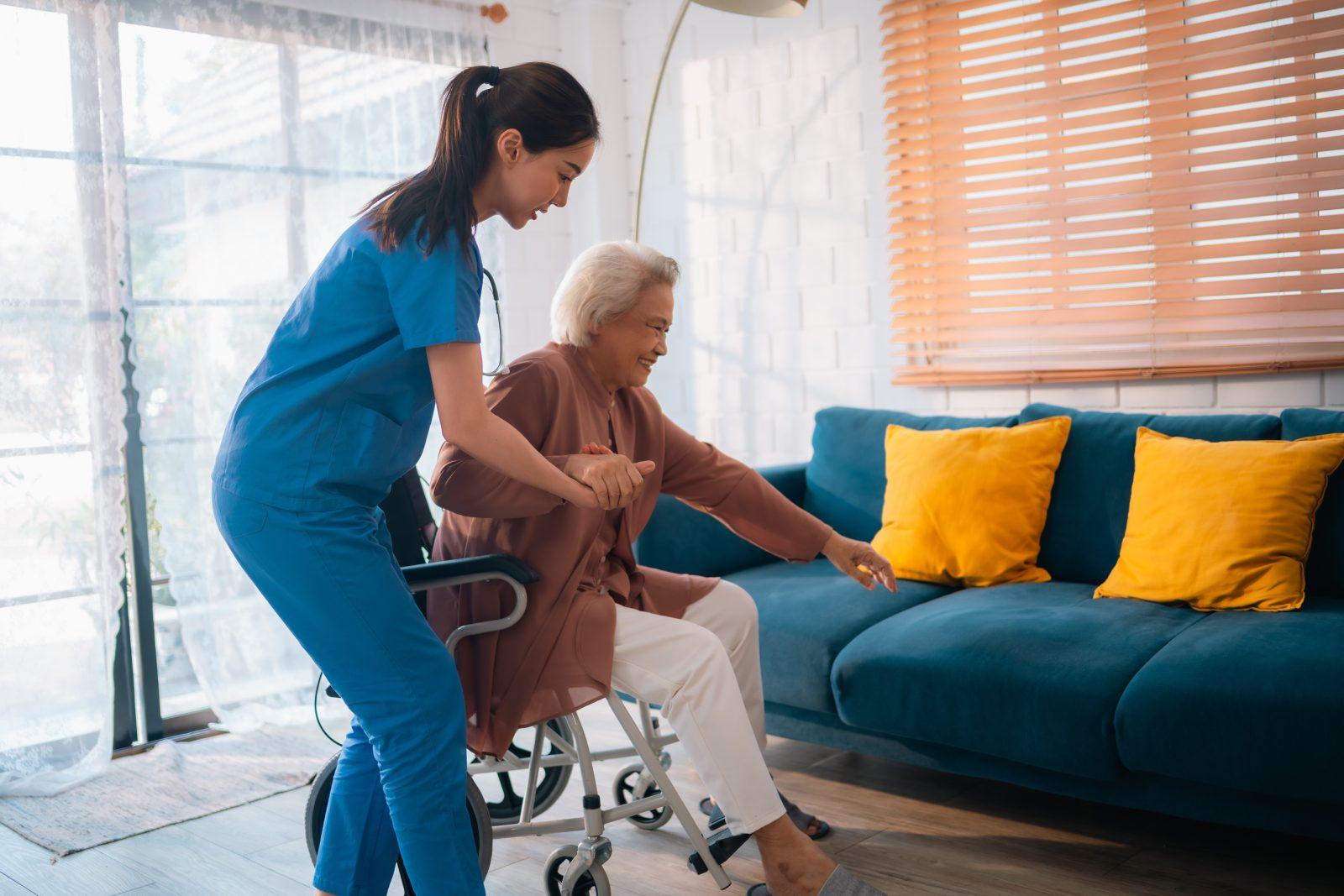The Preventing and Managing Accidents at Assisted Living Facilities Training teaches healthcare providers how to identify and reduce environmental hazards that increase accident risks. They learn procedures to maintain a safe physical environment, ensuring resident safety and compliance with regulations. By applying these strategies, providers can prevent injuries, improve facility conditions, and enhance the overall quality of care.
What You Will Learn:
- Environmental hazards that increase the risk for accidents
- Procedures for maintaining a safe physical environment
Details:
Course length: 45 minutes; CME: 0.75
Languages: American English
Key features: Audio narration, learning activity, and post-assessment.
American Medical Compliance is accredited by the Accreditation Council for Continuing Medical Education (ACCME) to provide continuing medical education to physicians. Our Continuing Medical Education (CME) program is committed to enhancing the knowledge, skills, and professional performance of healthcare providers to improve patient care outcomes. Through high-quality educational activities, we aim to address the identified educational gaps and to support the continuous professional development of our medical community. American Medical Compliance designates this activity for a maximum of 0.75 AMA PRA Category 1 Credits. Physicians should only claim this credit for their complete participation in this activity.
Get Certified
American Medical Compliance (AMC) is a leader in the industry for compliance, Billing, and HR solutions. To become certified, please visit us at: American Medical Compliance (AMC).
Reach out for other courses by visiting the AMC Course Library.
Risk Factors for Accidents
Falls are the leading cause of injury-related death among adults ages 65 and older, and the fall death rate is increasing. The age-adjusted fall death rate increased by 41% from 55.3 per 100,000 older adults in 2012 to 78.0 per 100,000 older adults in 2021.
The rising number of deaths from falls among older adults can be addressed by screening for fall risk and intervening to address risk factors such as use of medicines that may increase fall risk, or poor strength and balance.
This course teaches healthcare providers how to prevent and respond to falls and accidents in assisted living facilities. Providers learn to screen for fall risks, address factors like medication effects and poor balance, and implement safety measures. They also understand proper emergency response. By applying these skills, providers reduce fall-related injuries, enhance resident safety, and ensure compliance with care standards.
Facility Hazard Assessment
Locations Where Most Hazards Occur:
- Health Care Areas
- Bathrooms
- Common Areas
- Kitchens
- Laundry
Appropriate policies and procedures for assisting residents may include:
- Conduct periodic mobility needs assessments for each resident.
- Specify the lifting equipment needed for each resident based on assessment.
- Foster a “no lift” environment.
- Encourage and train employees to ask for assistance when needed.
- Ensure that lifting equipment is kept in good repair and readily accessible.
- Train employees on the proper use of lifting devices.
- Determine the “root cause” of hazards. Use the findings to prevent recurrence.
In this course, healthcare providers learn how to identify and reduce hazards in assisted living facilities. Providers learn to assess residents’ mobility needs, determine necessary lifting equipment, and foster a “no-lift” environment to prevent injuries. They also learn about identifying root causes of hazards. By applying these practices, providers enhance resident safety, reduce workplace injuries, and create a safer care environment.
Resident Risk Screening
It’s important to address any changes in an older person’s memory, language abilities, or personality as these may reflect a neurodegenerative disease process that may either be due to a reversible cause or become more serious.
Whether memory or other cognition concerns are reported by the patient or a family member, or directly observed by you, the issues should be noted in the patient’s chart and followed up with a cognitive, behavioral and/or functional assessment.
It is important to help prepare patients and their families for additional changes that come as cognitive impairment progresses.
This course teaches healthcare providers the importance of assessing cognitive impairment in older adults and identifying when assessment is needed. Providers learn how early detection helps patients and families explore non-drug strategies, develop care plans, and consider clinical trials. They also discover ways to address patient concerns about memory loss and the impact of a dementia diagnosis. Additionally, providers gain insight into FDA-approved treatments for Alzheimer’s symptoms and emerging therapies. By applying these skills, they support informed decision-making, enhance patient care, and improve quality of life.
Training and Awareness
Unit Champions: Roles and Duties
Train peers/managers/patients/families:
- Conduct staff in-services/trainings on topics related to fall prevention.
- On unit, orient new employees to fall prevention.
- Facilitywide, participate in new employee orientation training.
- Train/retrain coworkers on new and existing equipment.
- Complete or assist in completion of equipment competency assessments.
- Assist coworkers in patient/family training as needed.
Training Staff on New Practices:
- Managing change process
- Getting staff engaged and excited
- Helping staff learn new practices
This course teaches healthcare providers the role of staff in fall prevention and staff training. Providers learn to conduct in-service trainings, orient new employees, and retrain staff on fall prevention strategies and equipment use. They also gain skills in managing change, engaging staff, and promoting new safety practices. By applying these techniques, providers enhance patient safety, improve staff competency, and create a culture of continuous learning and fall prevention in healthcare settings.



